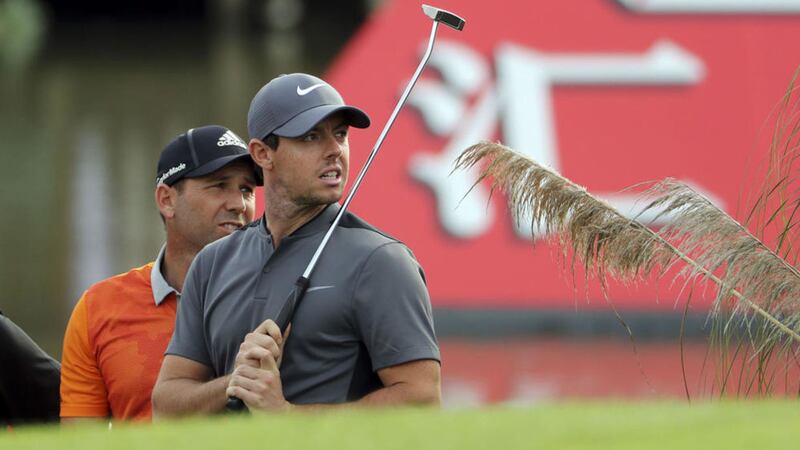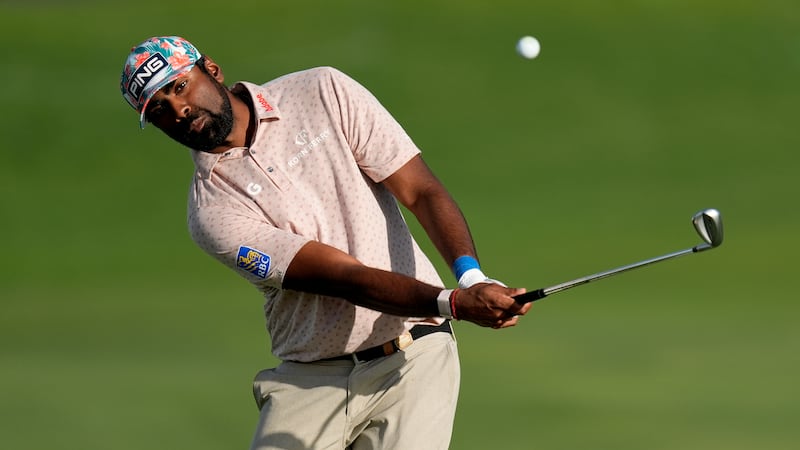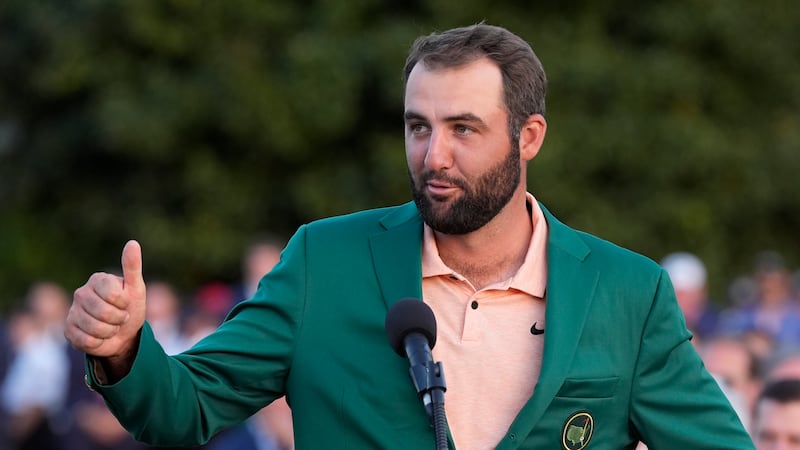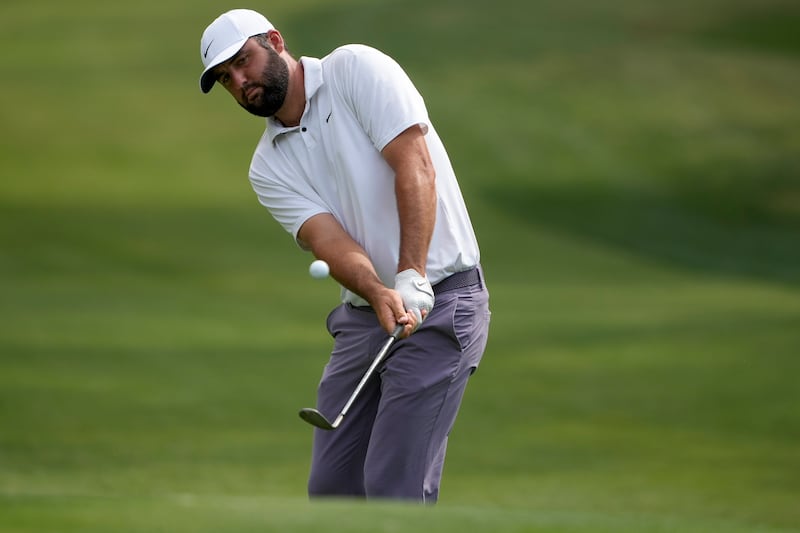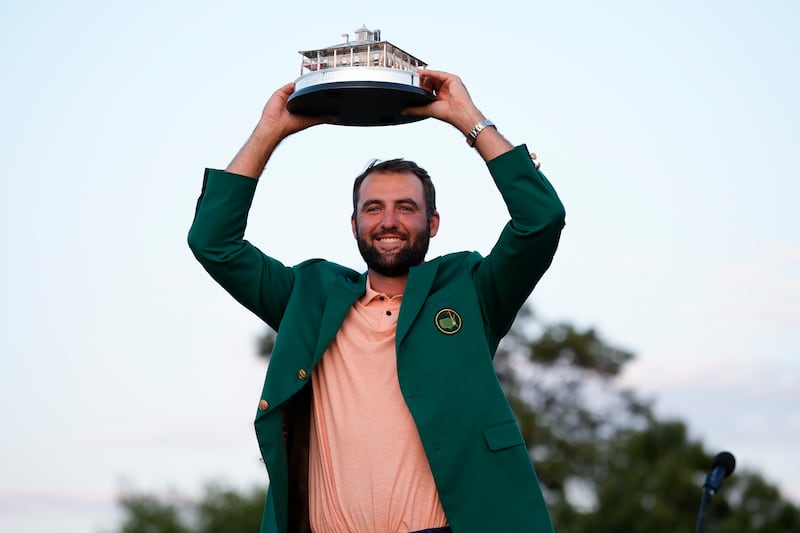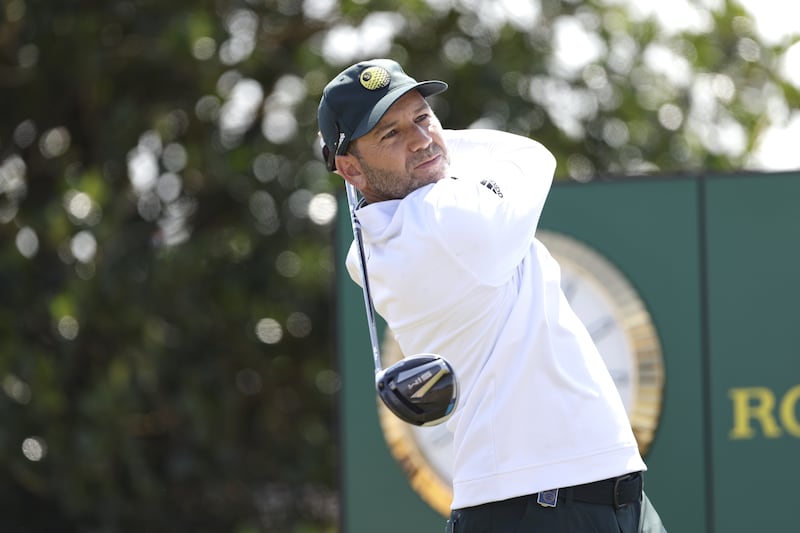The R&A and United States Golf Association have announced proposals to make significant changes to the rules of golf, including eliminating numerous penalties and banning caddies from lining up players.
The number of rules has been reduced from 34 to 24 in an effort to modernise and simplify the regulations which govern the sport.
Among the revisions under consideration are reducing the search time for lost balls from five minutes to three, allowing players to repair spike marks on greens and to drop a ball from any height when taking relief, rather than shoulder-height as currently stipulated.
David Rickman, the R&A's executive director, governance, told Press Association Sport: "We are really about modernising the rules of golf and, in very simple terms, trying to make them easier to understand and apply.
"The concern was that, over time and despite our best efforts, the rules have grown in length and complexity and therefore have become confusing and intimidating."
Allowing players to repair spike marks is certain to be especially popular among professionals, as will removing the penalty for being struck by your ball if it rebounds back from, for example, the face of a bunker.
Removing the penalty for accidentally moving your ball marker on the green has arguably come too late for Ian Poulter, who was penalised for such an incident in a play-off in Dubai in 2010, which contributed to him missing out on £352,000 in prize and bonus money.
Preventing caddies from helping players with alignment may not go down well on the LPGA Tour, where it is most prevalent, but Rickman added: "Even though it may be unpopular in some parts of the game, a reinforcement of player skill and judgement was important."
Another area of potential conflict stems from allowing distance-measuring devices to be used, except when prohibited by a local rule.
That is a reversal of the current default position and Rickman added: "In 2019 this will be something for the pro tours to decide.
"Two sets of rules could exist, as they could today, but inconsistency of application would not be a good thing for the game."
Rickman believes removing the necessity to drop balls from shoulder-height will help speed up the game, citing the lengthy debate involving Jordan Spieth during the second round of last year's US PGA Championship.
"That took longer because of the intricacy involved and the ability for players to be more precise means this can be sped up," Rickman added.
"The dropping process can be quite lengthy. You can have a very small dropping area and every time you miss it, that drop doesn't count and you need to re-drop if it rolls to any of nine specific places."
Video reviews will still be used to determine if rules have been breached, but not to "second guess" players who need to estimate where a ball may have entered or last crossed a hazard.
"We expect players to use all reasonable judgement and in those circumstances, if that proves to be wrong, as long as they acted reasonably we would not be seeking to punish based on later evidence," Rickman said.
The R&A is encouraging feedback on the proposals until the end of August, with any amendments to be made before the new rules come into effect from January 1, 2019.
"They are proposals," Rickman added. "We have spent a considerable amount of time trying to remove any bugs and anticipate unintended consequences, but there may be ways to do this better. We are absolutely open to that."
* There is no longer a penalty for:
- Accidentally moving your ball while searching for it.
- Accidentally moving your ball or ball-marker when it is on the green.
- Your ball hitting you, your equipment, your caddie, someone attending the flagstick or a removed or attended flagstick.
- Touching your line of putt or touching the putting green in pointing out target. The same applies to your caddie.
- Your caddie marking and lifting your ball on the green.
- Touching or moving loose impediments in a bunker.
Relaxed restrictions to apply on:
- Touching the sand with your hand or club when your ball is in a bunker. You are now prohibited only from touching the sand (1) with your hand or club to test the condition of the bunker or (2) with your club in the area right behind or in front of the ball, in making a practice swing or in making the back-swing for your stroke.
- Dropping a ball in a defined relief area. The only requirement is that you hold the ball above the ground without it touching any growing thing or other natural or artificial object. It is recommended that the ball be dropped from at least one inch above the ground.
Things you can do:
- Repair almost all damage (including spike marks and animal damage) on the green.
- Keep using any club that is damaged during the round, no matter how it happens.
- Use distance-measuring devices, except when prohibited by Local Rule
- Play out of turn in stroke play ('ready golf'). This has always been allowed without penalty and now you are affirmatively encouraged to do so in a safe and responsible way.
Things you cannot do:
- Your caddie is not allowed to stand on a line behind you from the time you begin taking your stance until you have made your stroke.
